Hyungjoo Cho
Neural Bootstrapper
Oct 02, 2020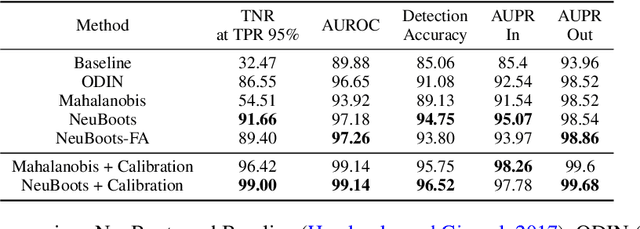
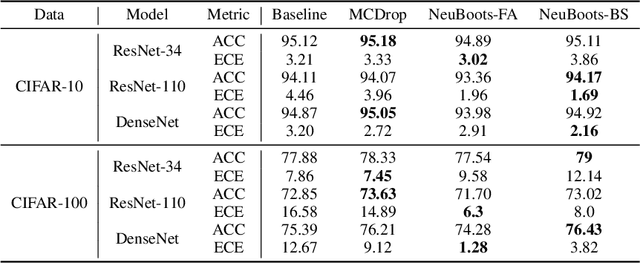

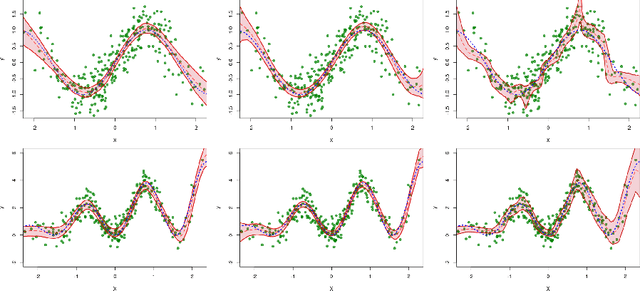
Abstract:Bootstrapping has been a primary tool for uncertainty quantification, and their theoretical and computational properties have been investigated in the field of statistics and machine learning. However, due to its nature of repetitive computations, the computational burden required to implement bootstrap procedures for the neural network is painfully heavy, and this fact seriously hurdles the practical use of these procedures on the uncertainty estimation of modern deep learning. To overcome the inconvenience, we propose a procedure called \emph{Neural Bootstrapper} (NeuBoots). We reveal that the NeuBoots stably generate valid bootstrap samples that coincide with the desired target samples with minimal extra computational cost compared to traditional bootstrapping. Consequently, NeuBoots makes it feasible to construct bootstrap confidence intervals of outputs of neural networks and quantify their predictive uncertainty. We also suggest NeuBoots for deep convolutional neural networks to consider its utility in image classification tasks, including calibration, detection of out-of-distribution samples, and active learning. Empirical results demonstrate that NeuBoots is significantly beneficial for the above purposes.
Scalable Neural Architecture Search for 3D Medical Image Segmentation
Jun 13, 2019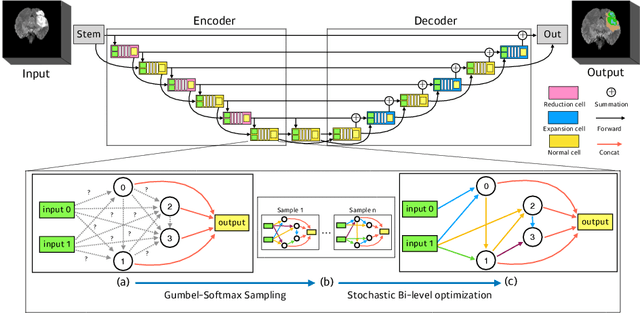



Abstract:In this paper, a neural architecture search (NAS) framework is proposed for 3D medical image segmentation, to automatically optimize a neural architecture from a large design space. Our NAS framework searches the structure of each layer including neural connectivities and operation types in both of the encoder and decoder. Since optimizing over a large discrete architecture space is difficult due to high-resolution 3D medical images, a novel stochastic sampling algorithm based on a continuous relaxation is also proposed for scalable gradient based optimization. On the 3D medical image segmentation tasks with a benchmark dataset, an automatically designed architecture by the proposed NAS framework outperforms the human-designed 3D U-Net, and moreover this optimized architecture is well suited to be transferred for different tasks.
Quantitative Phase Imaging and Artificial Intelligence: A Review
Jul 13, 2018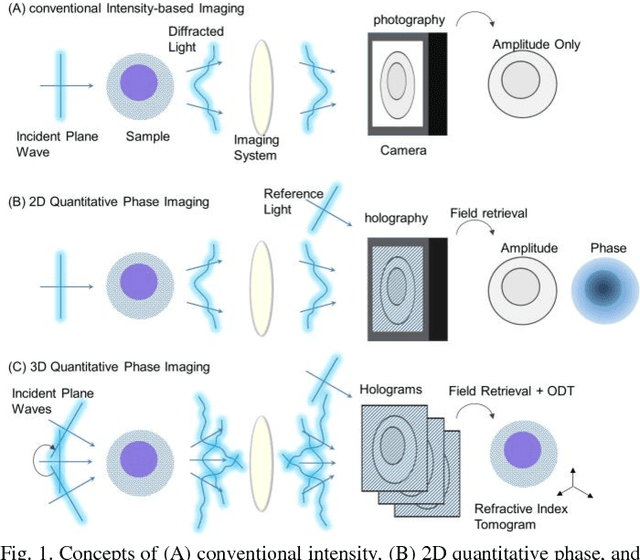
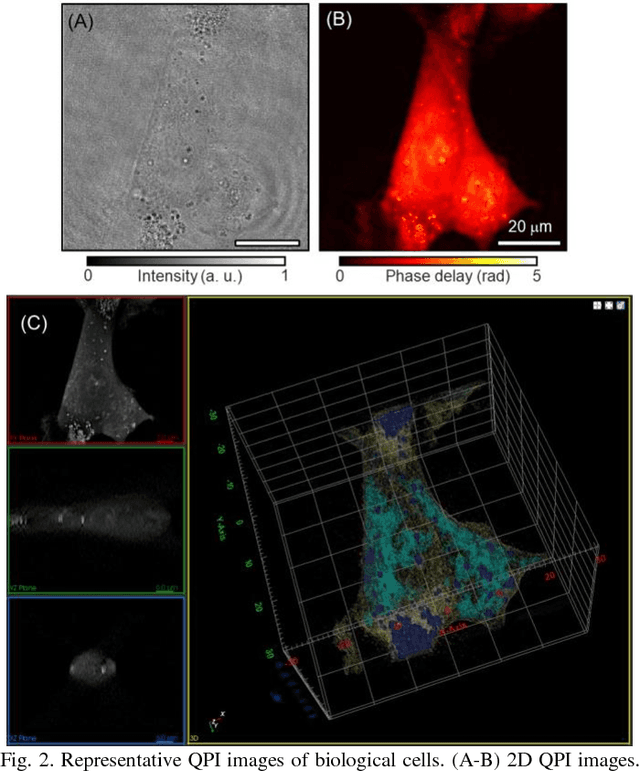

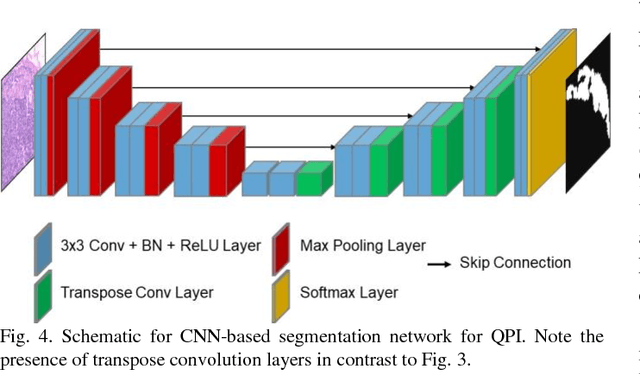
Abstract:Recent advances in quantitative phase imaging (QPI) and artificial intelligence (AI) have opened up the possibility of an exciting frontier. The fast and label-free nature of QPI enables the rapid generation of large-scale and uniform-quality imaging data in two, three, and four dimensions. Subsequently, the AI-assisted interrogation of QPI data using data-driven machine learning techniques results in a variety of biomedical applications. Also, machine learning enhances QPI itself. Herein, we review the synergy between QPI and machine learning with a particular focus on deep learning. Further, we provide practical guidelines and perspectives for further development.
Neural Stain-Style Transfer Learning using GAN for Histopathological Images
Oct 25, 2017

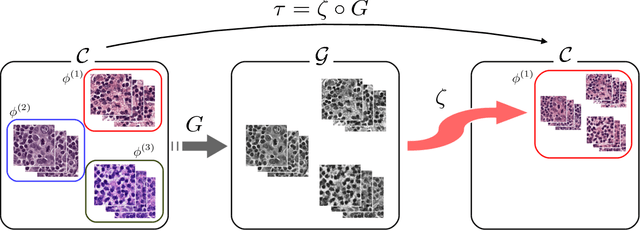
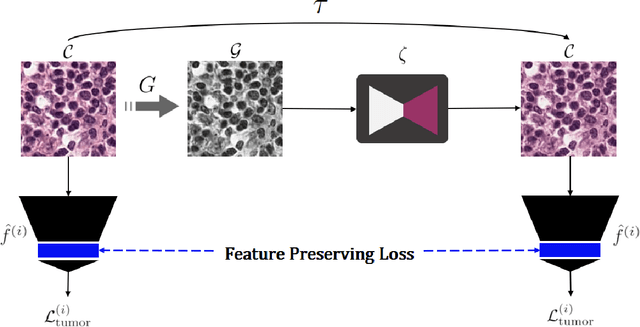
Abstract:Performance of data-driven network for tumor classification varies with stain-style of histopathological images. This article proposes the stain-style transfer (SST) model based on conditional generative adversarial networks (GANs) which is to learn not only the certain color distribution but also the corresponding histopathological pattern. Our model considers feature-preserving loss in addition to well-known GAN loss. Consequently our model does not only transfers initial stain-styles to the desired one but also prevent the degradation of tumor classifier on transferred images. The model is examined using the CAMELYON16 dataset.
 Add to Chrome
Add to Chrome Add to Firefox
Add to Firefox Add to Edge
Add to Edge